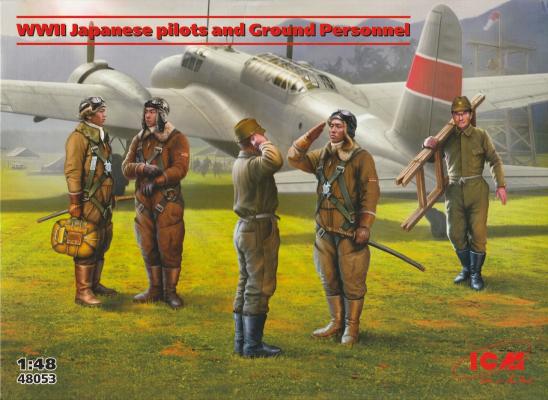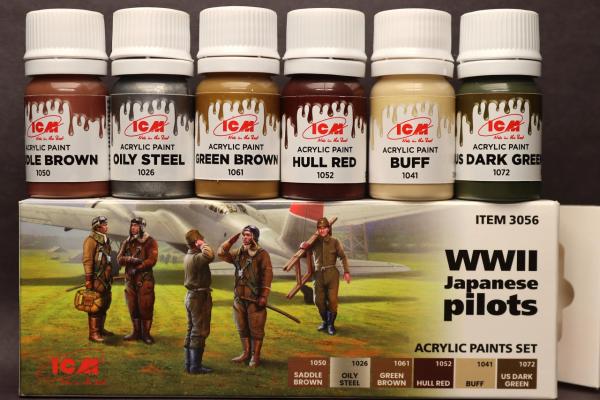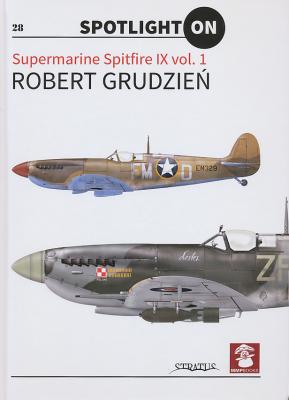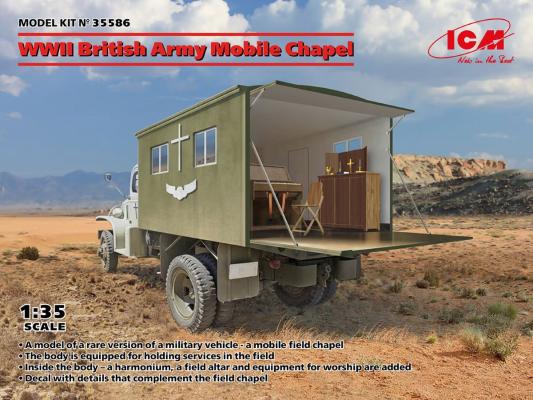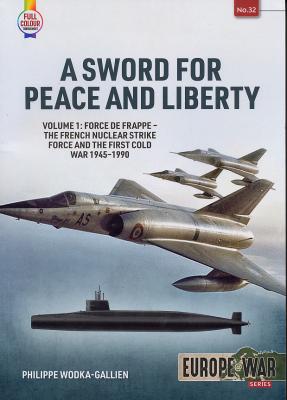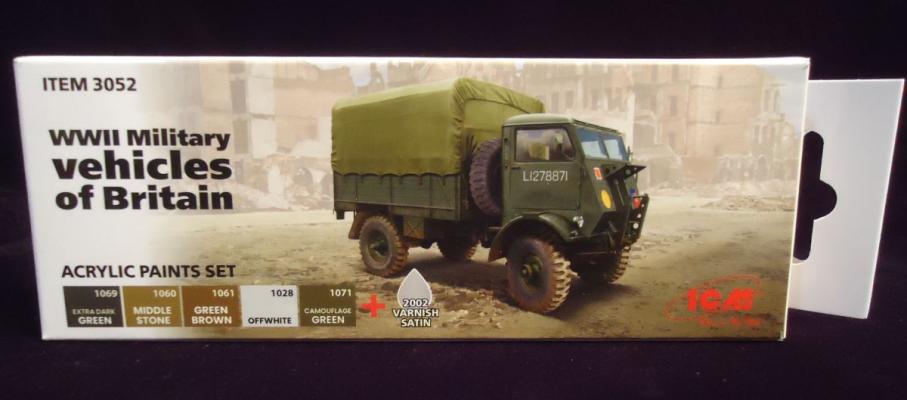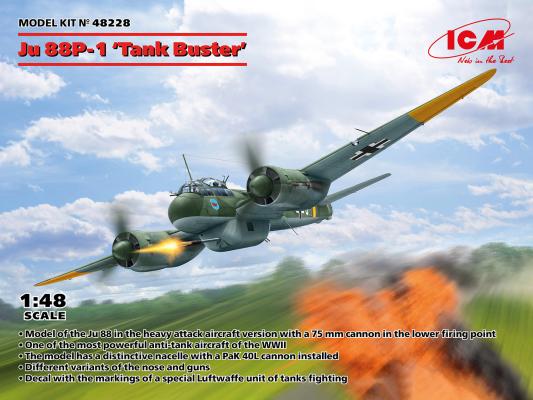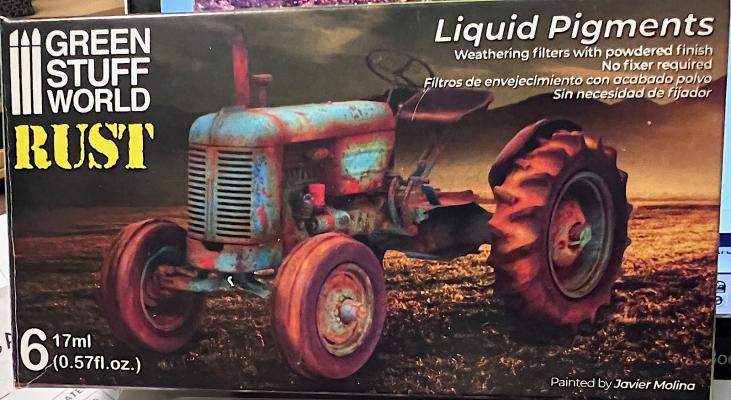In recent years ICM has been in the practice of issuing figure kits to accompany their aircraft, armor, and automotive kits. One of ICMs newest releases is a set of five 1/48th scale figures to accompany their new Ki-21 “Sally” kits. (You can read Allan Murrell’s review of ICM’s “Sally”.) This kit includes three Japanese Army aircrew figures and two ground crew figures. The three aircrew figures are dressed in flight gear. Two are in relaxed standing poses and the third is saluting. One groundcrew figure is at attention and saluting and the other is carrying a ladder.
What's New
The Ukrainian kit manufacturer ICM has recently expanded their catalog to include a range of acrylic paints and varnishes. ICM has begun packaging sets of paints to finish specific kits in their range. In this review, I try out the paint set on ICM’s figure kit “WWII Japanese Pilots and Ground Personnel”.
The set comes in a small rectangular box with examples of the included colors printed on the front and a painting guide for their figure kit on the back. The set includes six 12ml bottles of paint. The bottles are open-topped (no dropper-tips). The undersides of the lids have a raised ridge that does a pretty good job of keeping the paint from getting on the threads of the lids.
The included colors are:
The latest in MMP’s Spotlight On series, this, the 28th volume, features the Spitfire IX. Author and artist Robert Grudzien opens the book with a quick summary of the type, then it’s straight into the meat of the book, full colour profiles of 40 examples of the Spitfire IX. These have been created especially for the book and are extremely well executed, exhibiting great detail, and they are split about evenly between port and starboard side views.
People who know me know my modeling quirk for the strange and unusual. This new kit by ICM certainly fits the bill – literally a chapel on wheels! Mounted on a short Studebaker chassis, this vehicle was designed to travel from location to location, dispensing spiritual solace to soldiers in need. Of course, this vehicle was clearly Church of England, so I’m not sure what they provided for their Jewish or Muslim troops, although they may have had similar vehicles.
The boxy rear cabin was large enough to provide ample space for altar and organ as well as a nice fold-down stage from which to preach. In inclement weather it appears there would have been enough space in the closed cabin for a small gathering if required. Because of its nature, though, I doubt profoundly that this machine would have been seen anywhere near the front lines.
In 1954, France took the decision to become an independent nuclear power, both to try to regain some lost international prestige following WWII, but also to challenge the French industrial base after the ruin of WWII. They succeeded in testing their first bomb, codename Gerboise Bleue in 1960, becoming the fourth nuclear power after the US, USSR, and the UK.
This catchily-subtitled tome by the noted authority on French nuclear programmes, Philippe Wodka-Gallien, is a 94-page soft-bound book containing 108 colour & 58 b/w photos, 20 colour profiles, and 3 colour & 1 b/w maps; It is the latest in Helion’s Europe@War series that examines conflict in Europe from the early twentieth century up to the present day beyond the scope of the two world wars, often lesser-known subjects that deserve a wider audience than hitherto given.
ICM continues expanding its acrylic paint line, this time providing extremely useful colors for World War 2 British vehicles. This set includes:
- Extra Dark Green
- Middlestone
- Green Brown
- Off-White
- Camouflage Green
- Satin Varnish
Basically, you’re provided with three different greenish shades that British vehicles were painted in as well as Middlestone, which was used on many desert machines. A satin varnish permits you to create the exact tone many British vehicles were painted in more realistically. Lastly, Off-White is provided either as winter camouflage or specifically targeting their new mobile chapel model.
Brief History
From Wikipedia, the free encyclopedia
The Junkers Ju 88 is a German World War II Luftwaffe twin-engine multirole combat aircraft. Junkers Aircraft and Motor Works (JFM) designed the plane in the mid-1930s as a so-called Schnellbomber ("fast bomber") that would be too fast for fighters of its era to intercept. It suffered from technical problems during its development and early operational periods but became one of the most versatile combat aircraft of the war. Like a number of other Luftwaffe bombers, it served as a bomber, dive bomber, night fighter, torpedo bomber, reconnaissance aircraft, heavy fighter and at the end of the war, as a flying bomb.
NASAMS – either defined as Norwegian Advanced Surface-to-Air Missile System, or National Advanced Surface-to-Air Missile System, is a short-to-medium range ground based air defense system originally brought into service in 1997 as a point defense system.It employs the AMRAAM Advanced Medium Range Air-to-Air missile in a six-silo set mounted on a fully pivoting ground launcher. Designed in collaboration with both Norwegian and U.S. arms manufacturers as part of an integrated air defense system for sensitive ground targets. It has been used here in the States to protect targets in Washington D.C. and is currently in active service in the Ukraine opposing Russian missiles as well as other aerial targets. Reportedly, so far the system has destroyed over 100 Russian missiles and drones. At least two have been destroyed in combat – the main flaw in the system being its stationary nature – a real handicap in a highly mobile war.
Green Stuff World’s Liquid Pigments are described as weathering filters with a powdered finish, no fixer required. The liquid pigments come in .57 fluid ounce bottles with a dripper cap. This rust set of colors included
- 2286 orange rust
- 2287 light rust
- 2288 medium rust
- 2289 dark rust
- 2290 verdigris
- 2291 turquoise oxide
My usual method for working with dry pigments is to apply the pigment by dropping onto the surface or applying with a dry brush. The excess pigment is then blown off, and the remainder worked in with a dry brush. The dry pigment is then left as is, or a liquid pigment fixture is applied in more exposed areas. I will also mix dry pigments with water into a thin, certain slurry that is applied by brush. When dry, the pigments can still be worked in with a dry brush, or a wet brush in more extreme cases.
Kotare are a new New Zealand-based modelling company, born from the ashes of the Wingnut Wings concern. Like their ancestor, Kotare are determined to offer high-quality 1/32 aircraft kits, but instead of concentrating solely on WWI subjects, Kotare are focusing on the more popular WWII, starting with a range of early mark Spitfires.

